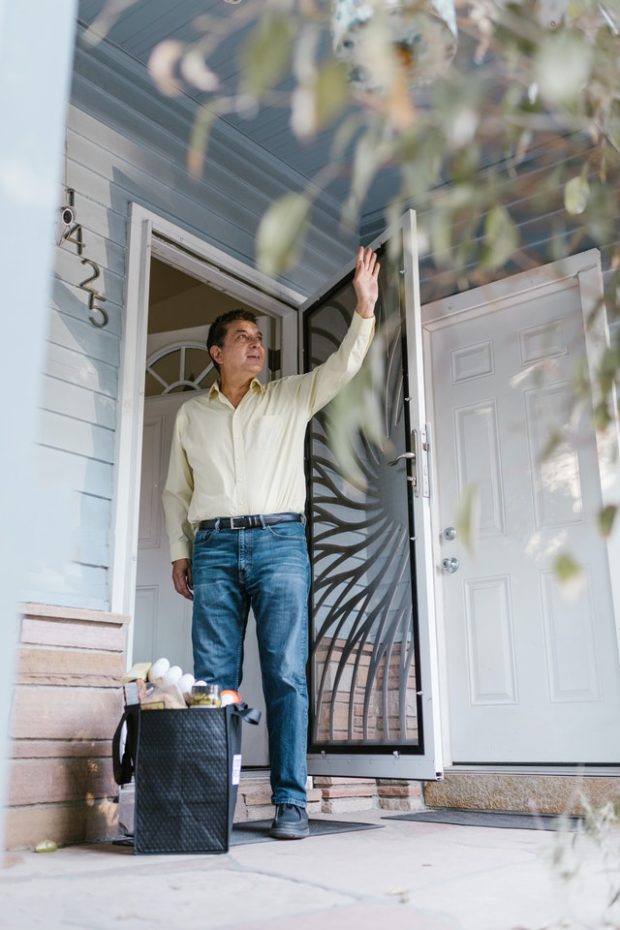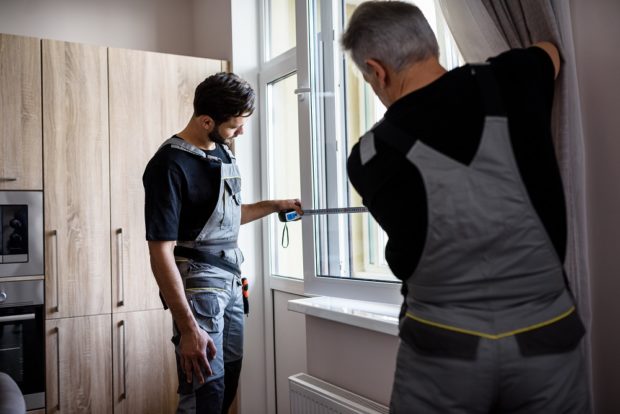No one ever said owning a home was easy. Between the monthly mortgage payments, taxes, and insurance, it can feel like you’re spending most of your hard-earned money just to keep a roof over your head. But what if there were ways to reduce those costs? What if you could make some basic repairs and renovations yourself and avoid paying for professional help? If you’re thinking about doing some basic home renovation work on your own, here are some types of repairs that homeowners should undertake themselves. We will provide an overview of each repair as well as some tips on how to do it properly. So whether you’re a first-time homeowner or a seasoned veteran, read on for some helpful information that could save you time and money down the road.
1. Weather-Proofing Your Home
One of the best ways to save money on your energy bill is to make sure your home is well-insulated and weather-proofed. This means sealing any cracks or gaps in your exterior walls, windows, and doors. You can also add insulation to your attic and crawl spaces. This will help keep heat in during the winter and cool air in during the summer, which can lead to significant savings on your utility bills. You should also hire a basement waterproofing contractor in the case of flooding. Additionally, consider installing storm doors and windows to help protect your home from high winds and flying debris.

2. Replacing Old Windows
If your home has single-pane windows, you could be losing a lot of heat (and money) through them. Replacing old windows with new, energy-efficient ones is one of the best ways to improve the efficiency of your home. You can either do this yourself or hire a professional contractor. If you’re going to replace the windows yourself, make sure you measure the openings correctly so you order the right size windows. You’ll also need to factor in the type of window (e.g., double-hung, casement, etc.), as well as the type of glass (e.g., Low-E) you want. Once you have the windows, you’ll need to remove the old ones and install the new ones in their place. Be sure to caulk and seal around the edges to further improve energy efficiency.

3. Fixing Leaky Faucets
A leaky faucet may seem like a small problem, but it can actually waste a lot of water (and money) over time. The good news is that this is an easy repair to do yourself. Simply turn off the water supply to the faucet, remove the handle, unscrew the packing nut, replace the washer and O-ring (if necessary), and then reassemble everything. If you’re not sure how to do this, there are plenty of helpful videos and articles online that can walk you through the process step-by-step.
4. Unclogging a Toilet
If your toilet is constantly getting clogged, it may be time to clean out the tramway. This is a relatively easy repair that you can do yourself with a plunger and some elbow grease. First, make sure there is no water in the bowl by holding down the flush lever until the tank is empty. Next, place the plunger over the hole in the bottom of the bowl and push and pull vigorously until the clog is dislodged. You may need to repeat this process a few times before the toilet is completely unclogged.
5. Cleaning Gutters
Gutters are an important part of your home’s drainage system, but they can be a pain to clean. If you don’t clean them out regularly, they can become clogged with leaves and debris, which can lead to water damage. The best way to clean gutters is to use a ladder and a garden hose fitted with a spray nozzle. First, remove any large debris by hand. Then, direct the hose up into the gutter and flush out any remaining dirt and debris. Be sure to move the ladder around so you can reach all sides of the gutter. Once you’re finished, you should consider installing gutter guards to help keep them clean in the future.
6. Caulking Windows
Caulking is a type of sealant that is used to fill gaps and cracks. It’s an important step in weather-proofing your home, but it’s also something that can be easily overlooked. If you notice any cracks or gaps around your windows, simply apply a bead of caulk around the perimeter and then smooth it out with your finger. This will help keep out drafts and moisture, which can save you money on your energy bills. You should also check the caulking around your doors, both inside and outside, as well as any other areas where two different materials meet (e.g., where siding meets trim, etc.).
7. Replacing Smoke Alarm Batteries
Smoke alarms are an important part of any home safety plan, but they’re only effective if the batteries are working. That’s why it’s important to replace the batteries in your smoke alarms at least once a year. You can do this yourself in just a few minutes with a screwdriver. First, locate the smoke alarm and remove the cover. Then, twist or push out the old battery and insert a new one in its place. Be sure to follow the manufacturer’s instructions carefully so you don’t damage the unit. Once you’ve replaced the battery, test the smoke alarm to make sure it’s working properly.
8. Cleaning Dryer Vents
A clogged dryer vent can be a fire hazard, so it’s important to keep it clean. The best way to do this is to vacuum it out with a brush attachment. First, disconnect the dryer from the power source and then remove the exhaust hose from the back of the dryer. Next, use the brush attachment to remove any lint or debris from the hose. Once you’ve done that, reattach the hose and turn on the dryer to make sure it’s working properly. You should also vacuum out the lint trap after every load of laundry.
Revolff Vent Cleaning Las Vegas, CC BY-SA 4.0, via Wikimedia Commons
Home renovations and repairs can be daunting, but many of them are actually quite easy to do yourself. With a little knowledge and the right tools, you can tackle the most common household repairs without calling in a professional. Of course, there are some jobs that are best left to the experts, but for the most part, you can save yourself time and money by doing it yourself.
